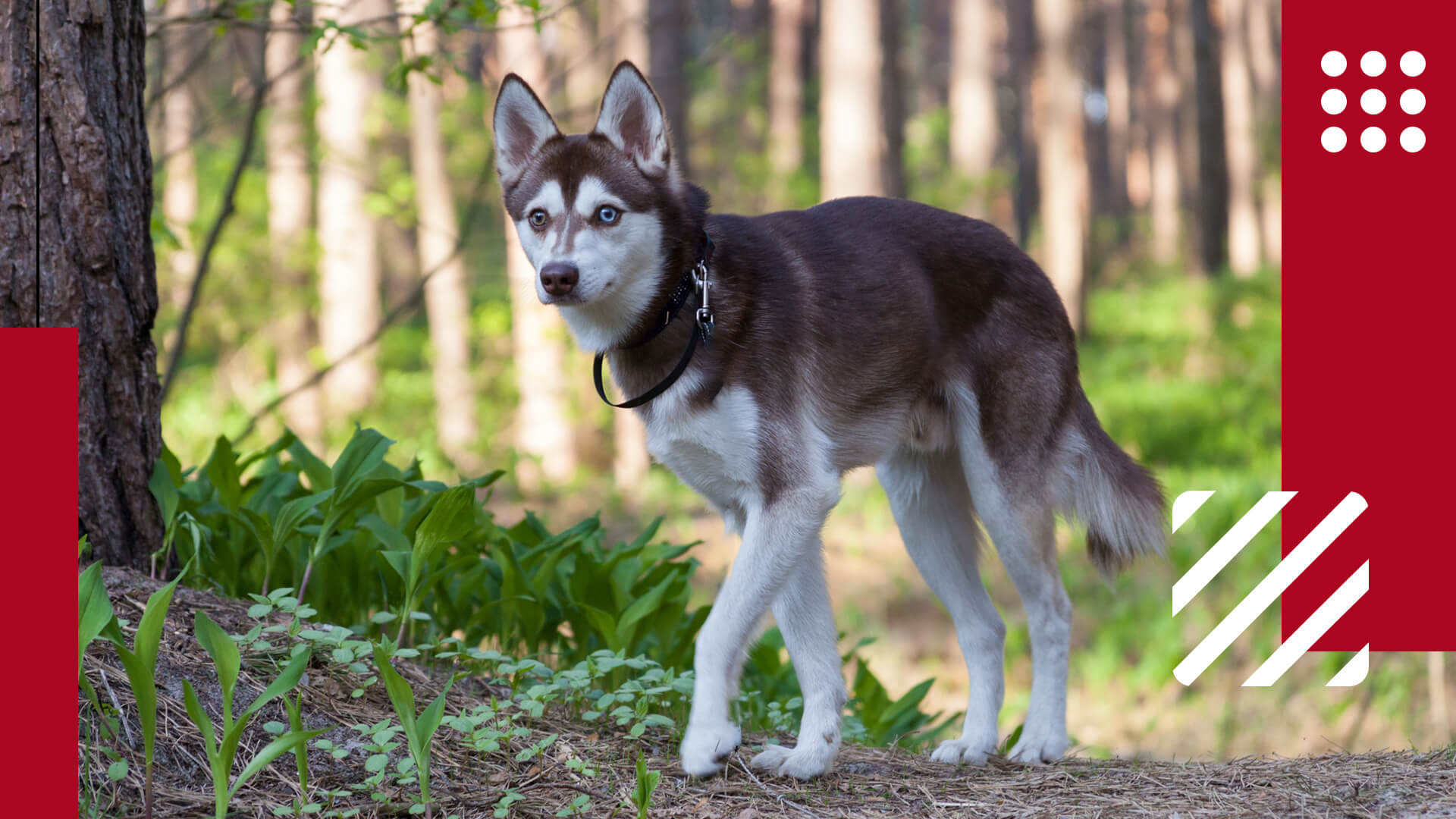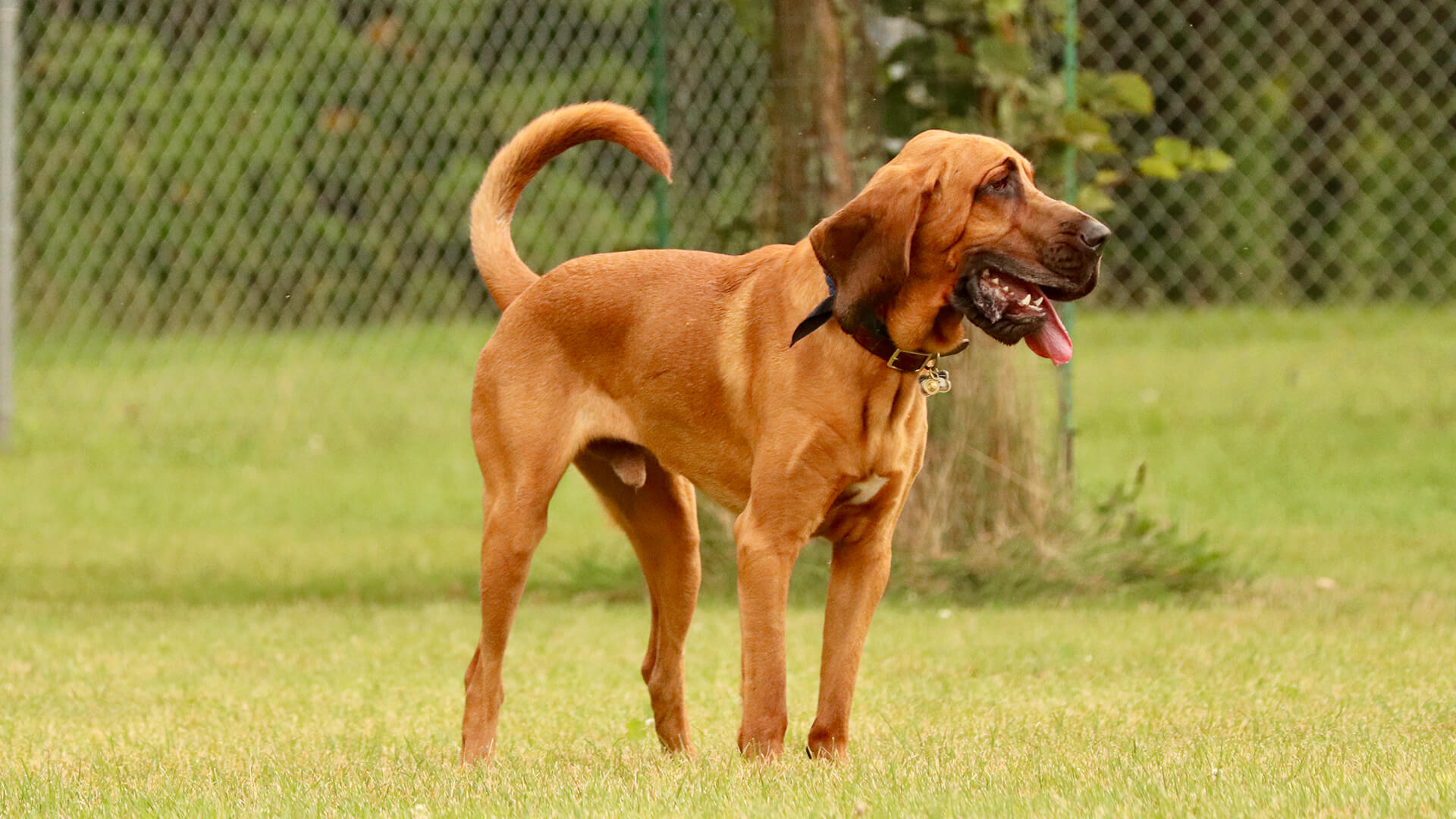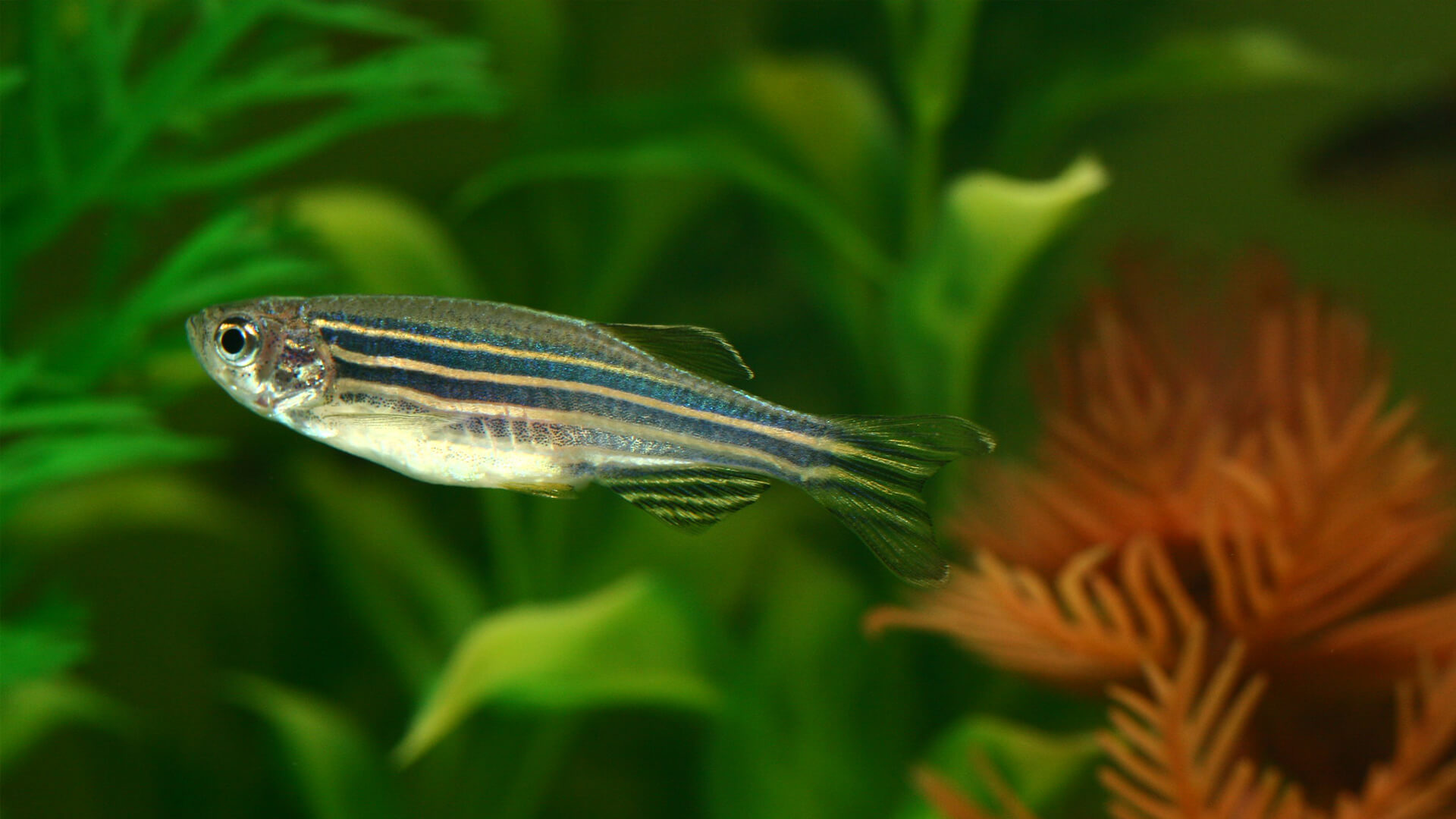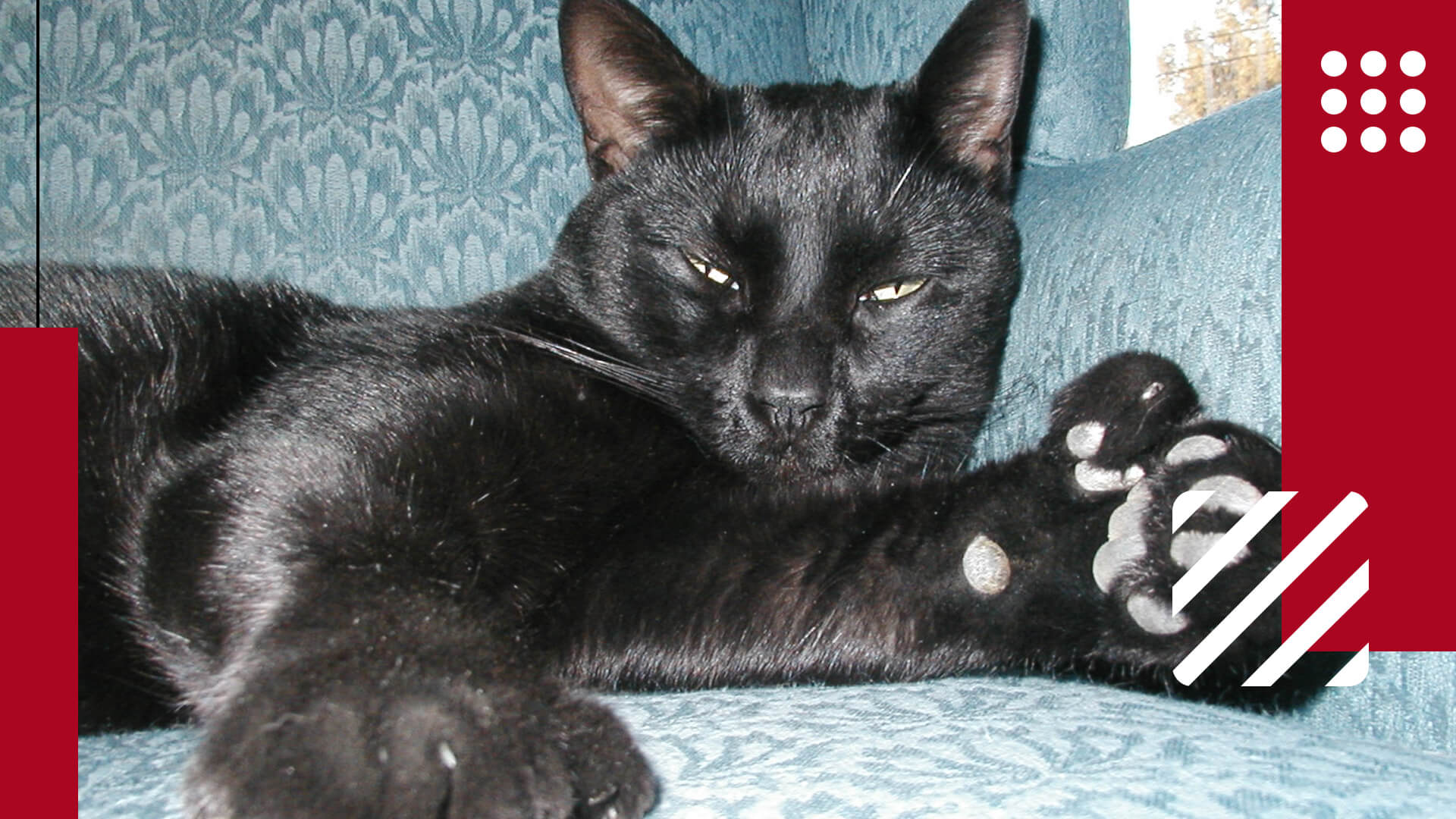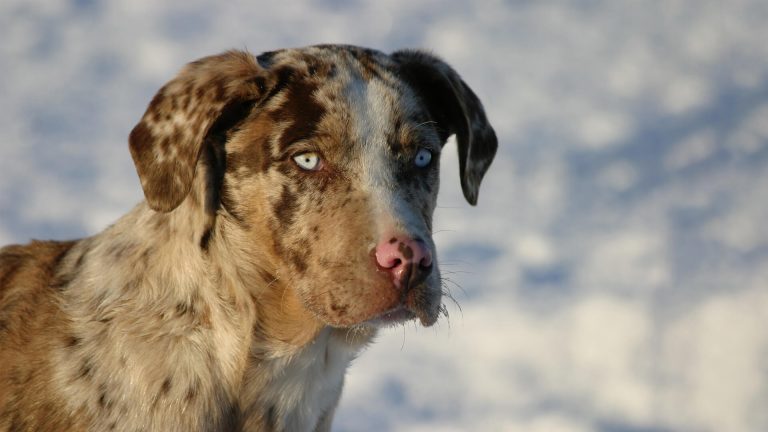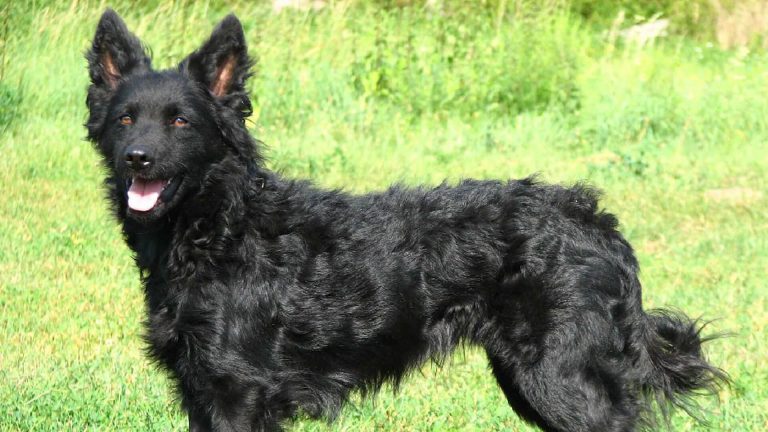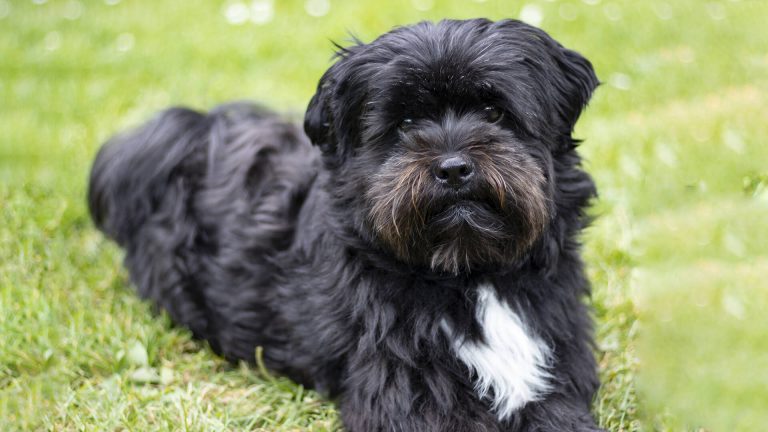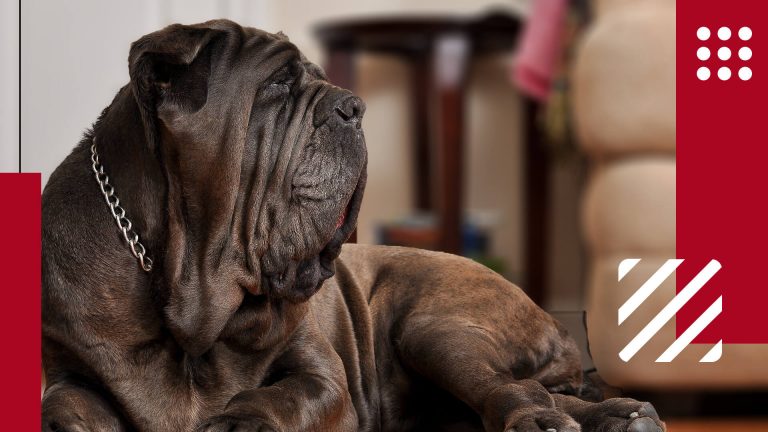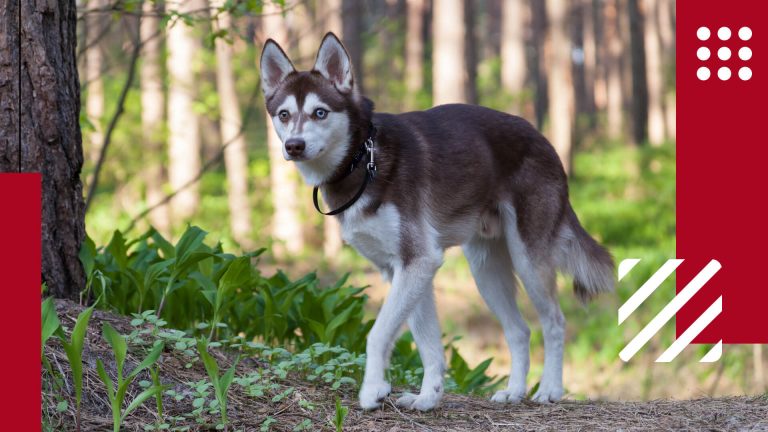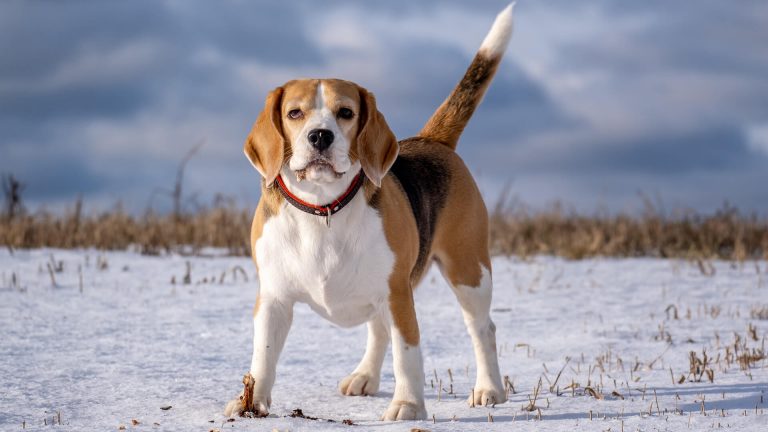The Dogo Argentino, known by various names such as the Argentinian Mastiff and Argentine Dogo, is a purposefully bred pack hunting dog primarily used for pursuing and capturing wild boars and pumas. This breed exhibits athleticism, strength, and unwavering loyalty. Its unique combination of hunting ferocity and gentle protectiveness towards humans makes it highly valued. Dogo Argentinos are naturally cautious around unfamiliar individuals and other animals, requiring a skilled and capable owner. With their intelligence, sinewy muscles, and agility, they are responsive hunters.
History of Dogo Argentino
The creation of the Dogo Argentino was a result of crossbreeding driven by necessity. During the early 19th century, wild boars posed a threat to agricultural plantations by destroying crops. These large and robust animals required humans to employ their skills to eliminate them as they multiplied rapidly and became dangerous to human life. Dr. Antonio Nores Martinez, a renowned doctor, undertook systematic crossbreeding of various purebred fighting dogs from Cordoba, located in the central Mediterranean region of Argentina, in 1928. After several generations, he successfully achieved his goal. Taking the dog on hunting expeditions, Dr. Martinez witnessed the new breed's exceptional skills, leading to its recognition as a proficient big game hunting dog and a loyal companion to those who cherished it.
The Dogo Argentino possesses a keen sense of smell and remarkable bravery, enabling it to pursue and capture wild boars, peccaries, pumas, and other lesser-known predators found in the Argentinean territory. It exhibits endurance during long trips and can withstand various weather conditions, making it an ideal hunting and guard dog.
To create the Dogo Argentino, Dr. Antonio Nores Martinez crossed the Cordoba dog with breeds such as the Great Dane, Spanish Mastiff, Boxer, Bull Terrier, Old English Bulldog, Pyrenean Mastiff, Irish Wolfhound, English Pointer, and Dogue de Bordeaux. Through extensive experimentation with different breeds, Dr. Nores eventually obtained a dog that possessed the desired traits. In 1970, Dr. Raul Zeballos imported six Argentine Dogo specimens to the United States, further spreading the presence of this remarkable breed.
Distinctive Features of Dogo Argentino
| Breed Name | Dogo Argentino |
| Lifespan | 10-15 years |
| Size | 23.5-27 inches |
| Weight | 80-100 pounds |
| Color | Predominantly white with a short, smooth coat |
| Health risk | Moderate (may be prone to certain health issues like hip dysplasia and deafness) |
| Unique trait | Muscular and athletic build |
| Famous for | Hunting and guarding abilities |
| Temperament | Confident, loyal, and protective |
| Maintenance | Low to moderate (requires regular exercise and grooming) |
| Adaptability | Moderate (requires proper socialization and training) |
| Behavior | Generally good with children, but supervision is recommended |
| Personality | Brave, intelligent, and strong-willed |
| Social | Needs proper socialization and may be selective with other animals |
The Dogo Argentino is characterized by its short, all-over white coat, with the occasional presence of a black spot on the head.
With highly muscular forelegs and medium-angulated hindquarters, this breed possesses the necessary strength and agility for its hunting purposes. The length of the front leg is equivalent to half of the dog's height at the withers. Equipped with a keen sense of smell, powerful lungs, and a robust physique, the Dogo Argentino excels in tracking, pursuing, and capturing challenging game. Its movements are alert and intelligent, reflecting its sharp instincts. In terms of temperament, these dogs are known to be cheerful, humble, and friendly.
Standing at a shoulder height of 24-27 inches, males generally have a slight advantage in height over females. The weight of a Dogo Argentino typically ranges from 80 to 100 pounds. The body is slightly longer than it is tall, and the head is prominent and broad. With a lifespan of 9-15 years, these dogs can bring joy and companionship for a significant period of time.
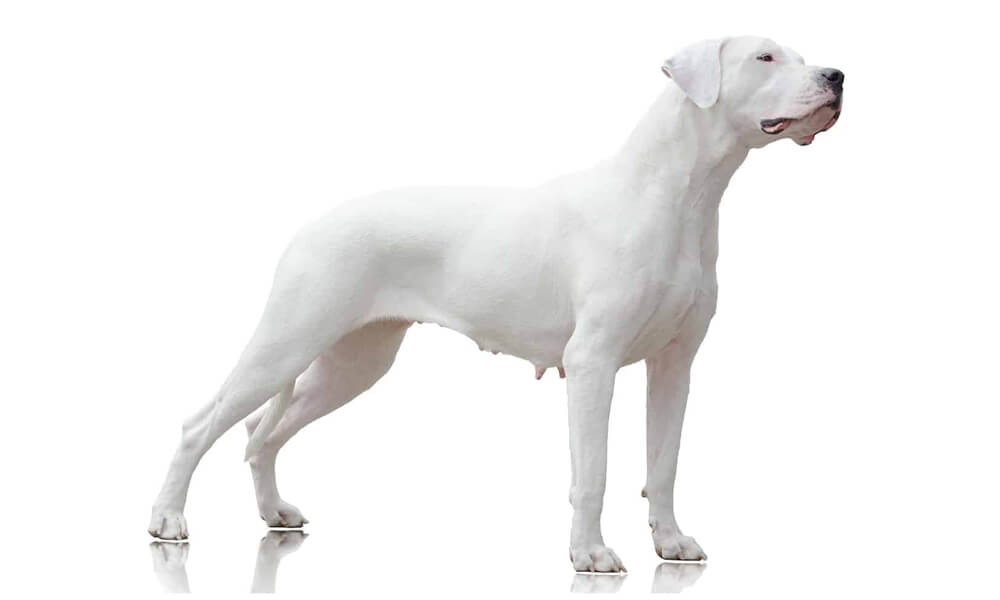
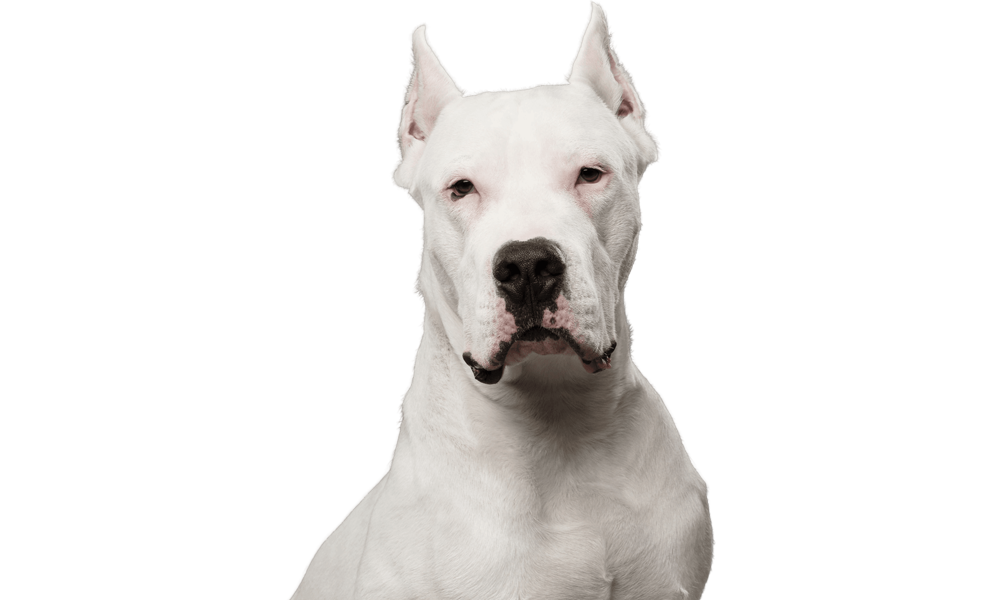
How to Take Care of Pet Dogo Argentino?
Proper care of Pet Dogo Argentinos entails understanding their high level of intelligence and providing them with the attention they require from their owners. To ensure the well-being of these pets, it is essential to have knowledge of their proper handling techniques and provide them with a suitable diet for optimal health.
What to Feed Pet Dogo Argentino?
Several dog food agencies cater to breed-specific formulas. Dogo Argentino is a big breed. Take advice from the vet on what and how many times to feed the pup. Feeding requirements will alter from the pup stage to adulthood. Food should be given for slow and steady growth. Serve measured meals at fixed times. Free feeding can cause overweight leading to secondary health issues like arthritis, hip dysplasia as well as diabetes. Unpolluted fresh water should be made available all the time.
How to Setup Habitat for Pet Dogo Argentino?
Setting up a suitable habitat for a Pet Dogo Argentino involves creating a safe and comfortable environment that meets their needs. Here are some steps to follow:
- Provide ample space: Dogo Argentinos are large dogs and require plenty of space to move around. Ensure that the living area is spacious enough for them to exercise and play.
- Secure fencing: Install sturdy fencing around the perimeter of the yard to prevent the Dogo Argentino from escaping. The fence should be high enough to prevent jumping and should be securely anchored to the ground.
- Shelter: Provide a shelter or doghouse where your Dogo Argentino can seek protection from the elements. The shelter should be well-insulated, raised off the ground, and large enough for the dog to comfortably lie down and turn around.
- Bedding: Inside the shelter or doghouse, provide a comfortable bedding material such as a dog bed or blankets. This will give your pet a cozy spot to rest and sleep.
- Environmental enrichment: Dogo Argentinos are active and intelligent dogs that require mental stimulation. Provide them with toys, puzzle feeders, and interactive games to keep them mentally engaged and prevent boredom.
- Shade and water: Ensure that there is a shaded area in the habitat where your Dogo Argentino can rest and cool down during hot weather. Also, provide fresh and clean water at all times to keep them hydrated.
- Safety measures: Make sure the habitat is free from any hazards or toxic plants that could harm your pet. Regularly inspect the area for potential dangers and take necessary precautions to keep your Dogo Argentino safe.
Cleaning and Care of Pet Dogo Argentino
Brushing: Use a soft-bristle brush or grooming mitt to brush your Dogo Argentino's coat at least once a week. This helps remove loose hair and keeps the coat looking neat. It also stimulates the skin and distributes natural oils, promoting a healthy coat. Pay extra attention to areas prone to matting, such as behind the ears and around the neck.
Bathing: Bathe your Dogo Argentino as needed, typically every 2-3 months or when they get dirty or smelly. Use a mild dog shampoo that is suitable for their skin type. Be sure to thoroughly rinse the coat to remove all shampoo residue. Avoid over-bathing, as it can strip the natural oils from their skin and cause dryness.
Nail Trimming: Trim your Dogo Argentino's nails regularly to keep them at a comfortable length. Use a dog nail trimmer and be cautious not to cut too close to the quick, which is the sensitive part inside the nail. If you're unsure, consult a veterinarian or a professional groomer for assistance.
Ear Cleaning: Check your dog's ears regularly for signs of dirt, wax buildup, or redness. Clean the ears using a veterinarian-recommended ear cleaning solution and a cotton ball or pad. Gently wipe the inner surface of the ear, being careful not to insert anything too deep into the ear canal.
Dental Care: Brush your Dogo Argentino's teeth regularly using a dog toothbrush and toothpaste formulated for dogs. This helps prevent dental issues such as tartar buildup and gum disease. Additionally, provide dental chews or toys designed to promote oral hygiene.
Remember to approach grooming sessions with patience and positivity. Make it a positive experience for your Dogo Argentino by offering treats and praise. If you're unsure about any aspect of grooming, consult a professional groomer or veterinarian for guidance.
What are the Health Issues of Dogo Argentino?
Dogo Argentinos are generally a healthy breed, but like any dog, they can be prone to certain health issues. Here are some common health concerns associated with Dogo Argentinos:
- Hip Dysplasia: This is a genetic condition that affects the hip joints, causing abnormal development or degeneration. It can lead to discomfort, pain, lameness, and even arthritis.
- Deafness: Some Dogo Argentinos may be prone to hereditary deafness. It is important to have their hearing tested as puppies to identify any hearing loss.
- Hypothyroidism: It is a condition where the thyroid gland does not produce enough thyroid hormone, leading to various symptoms such as weight gain, lethargy, and skin problems.
- Allergies: Dogo Argentinos can develop allergies to certain foods, environmental factors, or substances, resulting in skin irritations, itching, and gastrointestinal issues.
- Dilated Cardiomyopathy (DCM): This is a heart condition that affects the dog's ability to pump blood efficiently. It can result in weakness, coughing, and difficulty breathing.
- Cancer: Like many other dog breeds, Dogo Argentinos can be susceptible to certain types of cancer, including mast cell tumors and osteosarcoma.
Regular veterinary check-ups, proper nutrition, exercise, and a healthy lifestyle can help minimize the risk of these health issues. It's important to work closely with a reputable breeder who conducts health screenings on their breeding dogs to reduce the chances of genetic health problems in their puppies.
What it's Like to Keep Dogo Argentino as a Pet?
Consistent training and socialization during the puppy stage are essential for developing a well-behaved Dogo Argentino. The owner must possess self-confidence and strong leadership qualities to establish the expected behavior for the dog. Training this breed can be challenging due to their tendency to be easily distracted by scents. Harsh training methods are ineffective, and positive reinforcement techniques yield better results. Training activities like agility, obedience, and weight pulling can be beneficial. Providing at least one hour of vigorous exercise daily is necessary to ensure the dog remains calm and content at home.
With proper training, Dogo Argentinos can make excellent family companions and watchdogs. They are intelligent and courageous, with a natural instinct to protect their home and loved ones. They enjoy being involved in family activities and should not be left alone for extended periods. Dogos are capable of distinguishing between familiar individuals and strangers, adding to their protective nature.
What People Are Reading:
Frequently Asked Question About Dogo Argentino
Some of the frequently asked questions about Dogo Argentino are answered below.
Is Dogo Argentino Dangerous?
As Dogo is indulged in dogfighting rings they are thus considered dangerous and banned in many countries. They have strong prey-catching agility and thus poor companions for creatures like cats and smaller dogs.
Is Dogo Argentino a Good Family Dog?
Despite being agile and imposing and prey hunter still it is a cheerful and friendly dog for a family. Dogo loves the owner and is loyal to them. They love to be petted and loved by family members. Children like their gentle and loving ways. Children should always be supervised with these dogs.
Why is Dogo Argentino Banned?
Dogo Argentino has been banned in many places around the world largely due to its tendency to be aggressive and territorial. This breed was created to kill and attack other dogs in order to be used as a working dog for hunters.

